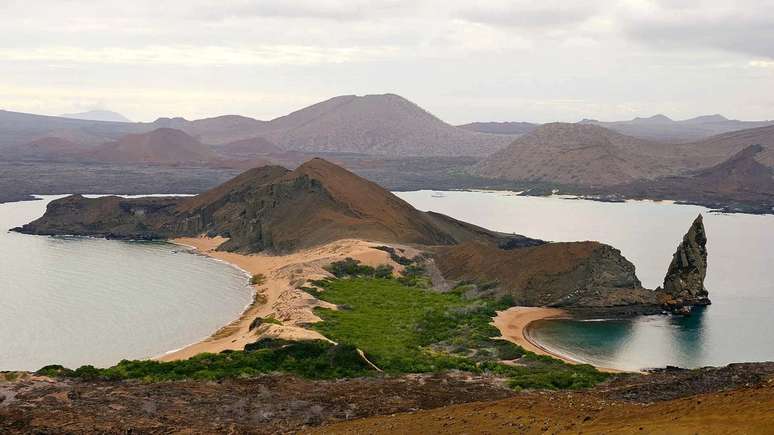The archipelago is located 1,000 km off the coast of Ecuador […]
They say there is no place like the Galapagos on the planet. And there is no shortage of headlines.
A thousand kilometers off the coast of Ecuador, this archipelago has been a natural heritage of humanity since 1979; it has the second largest Marine Reserve in the world, with 133 thousand km²; and the national park of the same name, a respectful 65-year-old man, is home to animal species that are found only there.
“It is a little world in itself,” wrote Charles Darwin, after seeing the peculiarities of the Galápagos, where he was on his round-the-world voyage in the first half of the 19th century.
There was also a comparison with Brazil.
For the young scientist, the volcanic Fernando de Noronha also had many similarities with the Galápagos, “the only other place where I have seen vegetation somewhat similar to this.”
The archipelago is a complex and varied destination, so in this mini guide you will find only some of the most popular activities in the three most touristic islands: San Cristóbal, Santa Cruz and Isabela.
Around the Galapagos Islands
With more than 200 islets, rocks and smaller islands, the archipelago is made up of 13 major islands, of which only four are inhabited: Santa Cruz, San Cristóbal, Isabela, Floreana.
With considerable distances and a large sea, travel between the islands is usually done on small planes. For this report, we flew with Emetebe Airlines (emetebe.com.ec), an airline that operates to destinations such as Baltra, San Cristóbal, and Isabela.
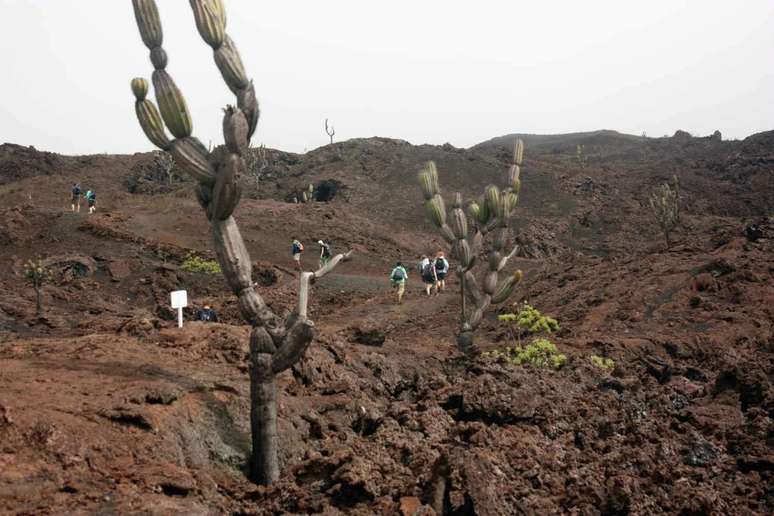
ISABELLA ISLAND
The Sierra Negra volcano is the most famous attraction on this of the oldest islands in the region, where you can take a complete 16-kilometer walk, skirting the second largest volcanic crater in the world, with a diameter of 11,000 by 9,000 meters.
On clear days, it is possible to see its internal walls up to 100 metres deep and the solidified volcanic lava from the latest eruptions.
The visit, which begins in the El Cura sector, must be done exclusively with guides accredited by the Galápagos National Park.
In the words of its most illustrious visitor, Darwin, the largest island of the Galápagos is covered with “layers of naked black lava flowing like pitch over the edge of a bridge.”
Don’t forget to snorkel in the Concha de Perla cove, home to sea lions and penguins; and the Muro de las Lágrimas trail, a scenic walk to the ruins of the walls of an old penal colony made of blocks of volcanic lava.
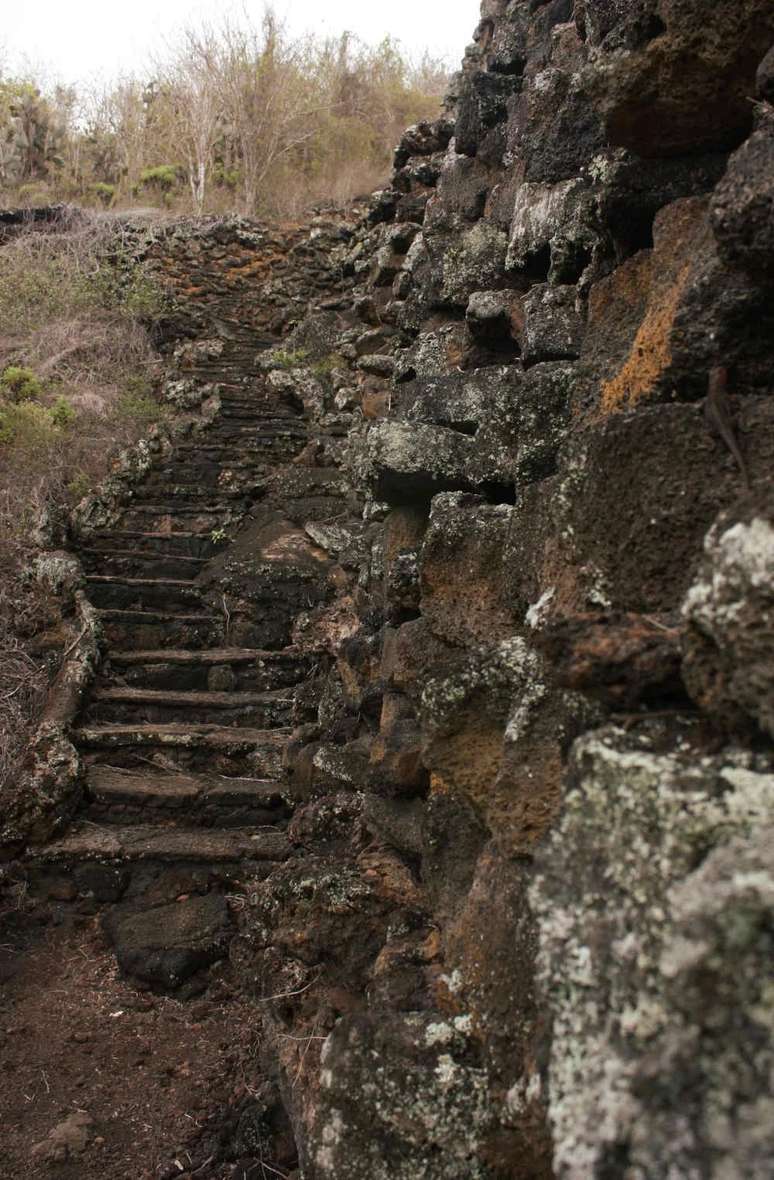
SAN CRISTOBAL ISLAND
The second largest island of the archipelago is home to the city of Puerto Baquerizo Moreno, the capital of the Galápagos, where it is not uncommon to be greeted upon disembarkation by sea lions lying on the landing platform of the Muelle Eco Turístico.
It was there that Darwin, according to his diary, was snubbed by two giant tortoises indifferent to his presence. “These enormous reptiles, surrounded by black lava, leafless bushes and large cacti, appeared to me to be antediluvian animals,” the scientist wrote.
I just thought it unnecessary, young Darwin, to climb on them and hit the hull. “I found it very difficult to keep my balance,” he confessed.
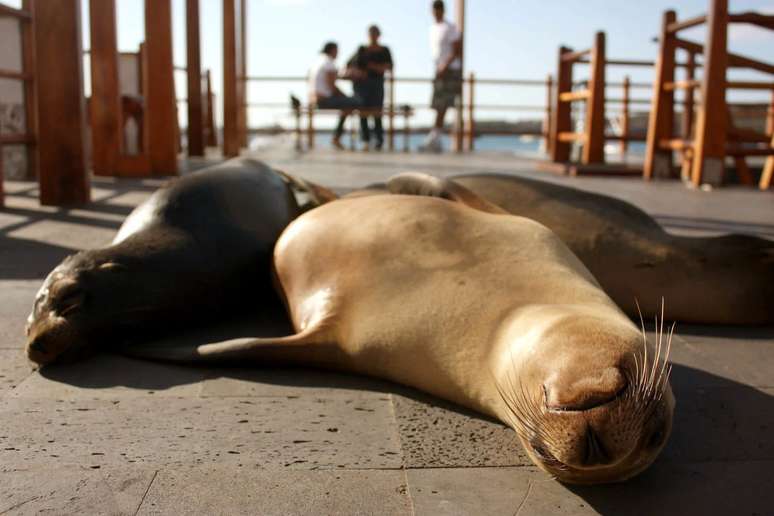
To get a general feel for the island, try the Tour de Baía, a sea cruise around attractions such as Cerro Tijeretas, home to a statue honoring Charles Darwin; Isla Lobos, a sea lion nursery; and the imposing León Dormido rock, a 148-meter-high volcanic ash formation.
Accredited members should not miss diving in the Galápagos, one of the best places in the world to practice this activity, in places such as León Dormido, Isla Lobos and Punta Pitt.
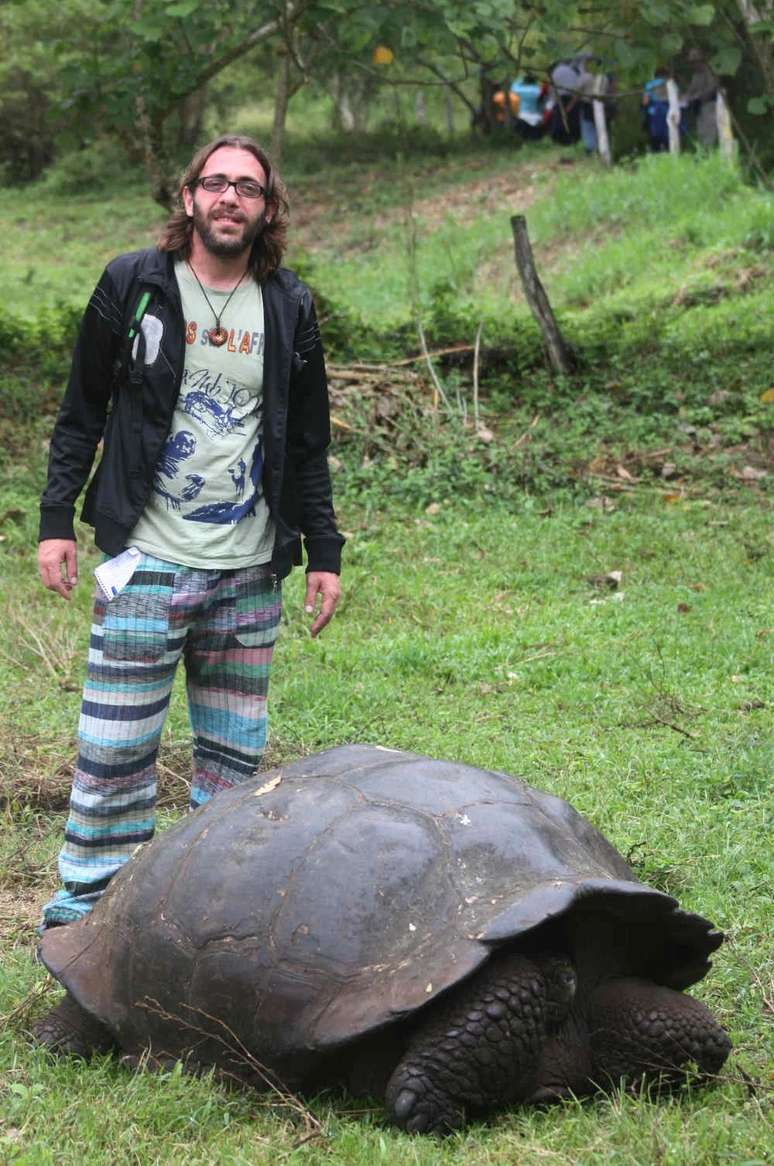
SANTA CRUZ ISLAND
Puerto Ayora, the main town of Santa Cruz, is usually the gateway after landing at Baltra Airport, in the north of the island.
The highlight of the second largest island in the archipelago is the Charles Darwin Foundation, a renowned research center that, among many other functions, serves as a maternity ward for tortoises, a breeding program and repatriation of local species that were on the brink of extinction.
It is there that you will see giant tortoises and unique land iguanas, where the centenarian Lone George, the last Galapagos tortoise, lived, who died in 2012.

Near the urban center of Puerto Ayora is the access trail to Tortuga Bay, a 2.5 kilometer walk, between volcanic rocks and a cactus forest, which leads to the beaches of Brava, with strong waves that attract surfers, and Mansa, a quiet sea cove, where it is easy to spot marine iguanas and pelicans.
Another impressive tour, in the upper part of the island, is the Las Primicias Farm, which is home to a 300-meter-long lava tube and giant tortoises that live in the resort’s gardens.
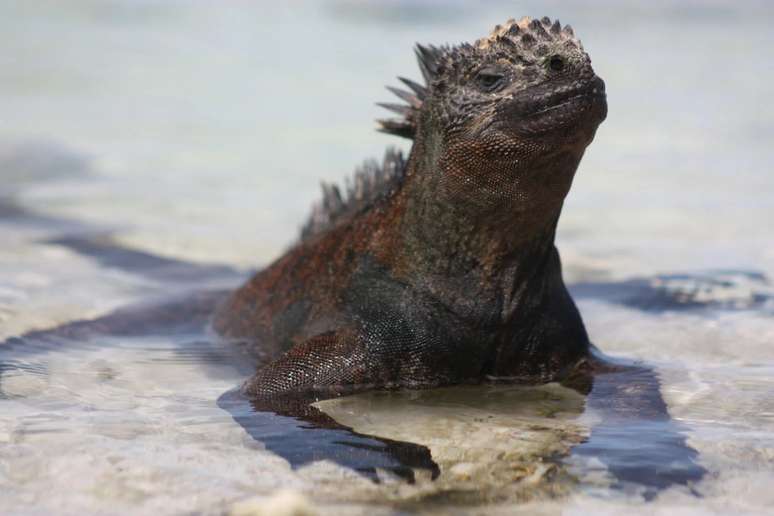
The Galapagos are animals
Its geographical isolation and late human colonization, in the 19th century, are some of the explanations for the presence of animals with a high tolerance to human presence.
The animals are present and you can never be too careful not to run into one of them, such as the sea lions on the main avenue of the island of San Cristóbal or in the tourist center of Puerto Baquerizo, the administrative capital of the Galápagos.
According to the Galapagos Science Center, 80% of the archipelago’s birds, as well as 97% of its reptiles and land mammals, are endemic. In other words, there is only one, even though many are at risk of extinction, due to human activities or natural threats.
One of the symbols of the exclusivity of the Galapagos is the land iguana. These unique animals, close relatives of the marine iguanas (another endemic type of the archipelago), can weigh up to 13 kilos and live up to 40 years on the island of Santa Cruz.
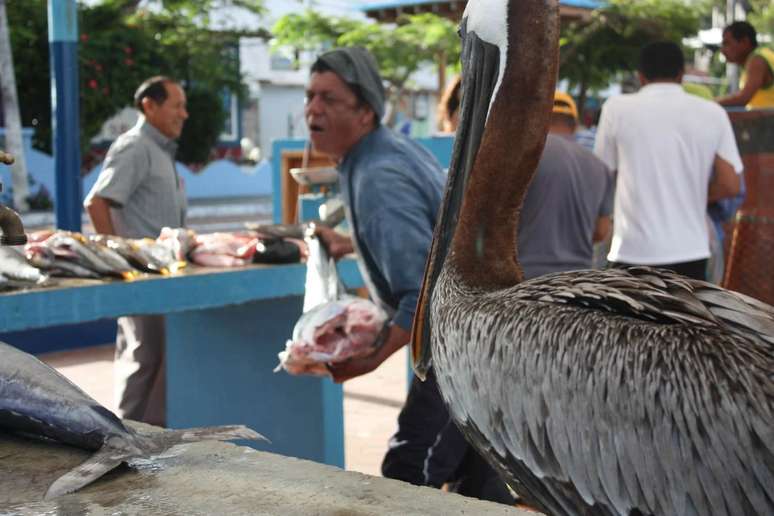
How to get to the Galapagos
For greater control, the archipelago only receives passengers from Quito and Guayaquil, both in Ecuador.
Air transport is operated by Latam and, to a lesser extent, by Avianca, with connections to Bogota (Colombia) and Guayaquil. Both have several flight options, all with changes of plane and long waits at Colombian and Ecuadorian airports.
To give you an idea, in a September simulation, Viagem em Pauta found tickets starting at R$ 3,136 (without fees) for trips lasting 13 to 41 hours, including stops at airports in capitals such as Peru, Colombia and Ecuador.
The main airports for foreign entry are Baltra (GPS), an uninhabited island north of Santa Cruz, and San Cristóbal (SCY).
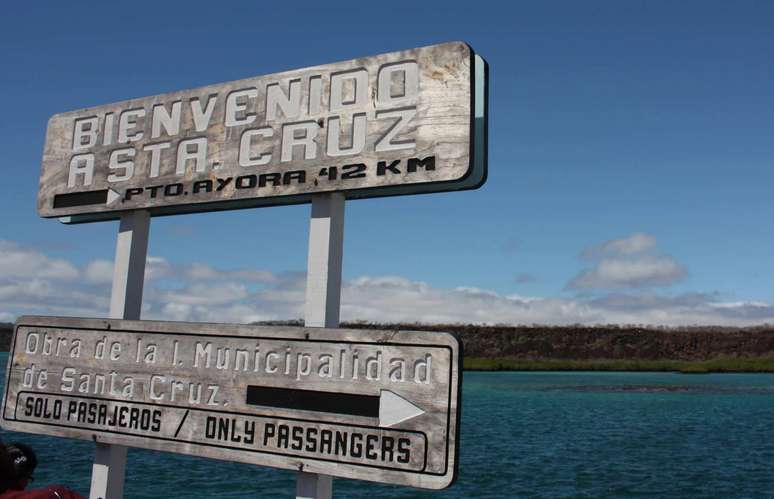
To enter
Seeing what Charles Darwin saw comes at a price. And it’s not much.
At the airports of Quito and Guayaquil it is necessary to register at the Oficina del Consejo de Gobierno de Galápagos, where the passenger must purchase a TCT (Traffic Control Card, in Portuguese) for US$ 20, which must be kept until the end of the stay (maximum two months).
Since the beginning of this year, access to the protected areas of the Galapagos costs 200 dollars (foreigners in general), 100 dollars (Mercosur travelers) and 30 dollars (Ecuadorians or foreigners residing in Ecuador).
*sources: Government of Ecuador, Ecuador Travel and “A Naturalist’s Journey Around the World” – volume II (publisher L&PM)
Source: Terra
Ben Stock is a lifestyle journalist and author at Gossipify. He writes about topics such as health, wellness, travel, food and home decor. He provides practical advice and inspiration to improve well-being, keeps readers up to date with latest lifestyle news and trends, known for his engaging writing style, in-depth analysis and unique perspectives.

